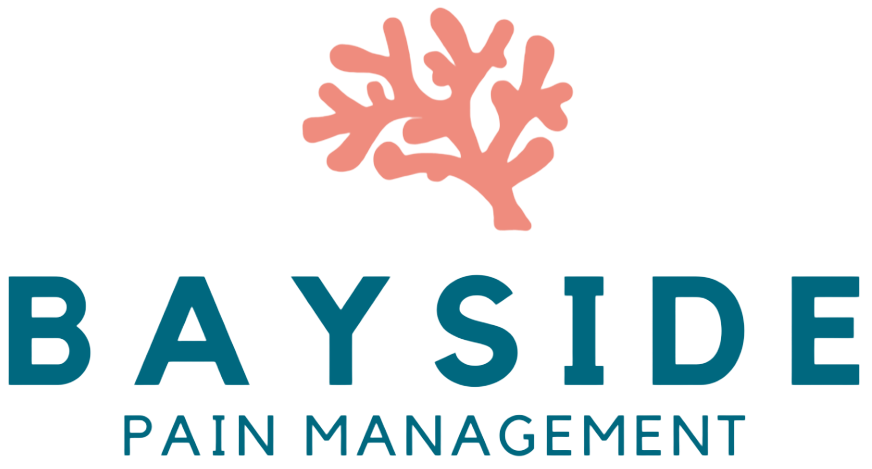What is pain management?
What is pain?
We know intuitively that pain is an unpleasant experience, which is both sensory (located in a body part) and emotional (annoying, terrible, makes us sad or angry).
All pain is an output of the brain with the purpose of protecting us. It is one of several protective systems in our bodies (including the immune, hormone, and stress response systems) which are vital for our survival.
The brain is constantly receiving information about the state of the tissues in the body, and can interpret those signals as painful if there is a danger or threat - chest pain, for example, could mean the heart tissue is not receiving enough oxygen. This is helpful because it drives us to act and seek help - to go to a doctor, for instance.
Why does pain become a problem?
The nervous system is always changing and adapting to the environment and stimulus it receives. We call this ‘neuroplasticity’, and it is an important way that we learn and develop skills - learning to ride a bike, for example, relies on ‘muscle memory’, which is the nervous system programmed over time to co-ordinate without conscious thought.
When we experience tissue injury, our nervous system adapts to protect us by amplifying the signalling in that part of the body. Unfortunately, in some individuals, that amplification goes into overdrive and is overprotective - the signalling continues to be amplified even if there is no ongoing threat to the tissues in our body.
In these individuals, the protective signalling that is initially helpful for our survival becomes unhelpful, and leads to pain that is distressing and persistent, and affects our quality of life.
Pain from cancer and cancer treatment can also present unique challenges, which we have written about here.
Why does this happen sometimes?
The scientific literature would suggest there are many predispositions and circumstances, or risk factors, that lead to the development of amplified and persistent pain. Some of these relate to what was happening at the time the pain was first experienced, others to the way the pain has been managed, and some to factors beyond our control (such as genetics).
At Bayside Pain Management, our understanding is that the overprotective nervous system response often occurs in individuals who have previously experienced trauma in the past - whether physical, immune, emotional, sexual or psychological.
In these circumstances, the nervous system is primed to respond in an amplified way, and the onset of problematic pain can occur after both relatively innocuous events (bending or twisting, or a viral infection) or significant triggers (such as cancer).
Sometimes, though, the reasons are not so clear - and while that can be frustrating, there are still things we can do to help.
What can we do about it?
The good news is that neuroplasticity can be used to our advantage, to ‘unwind’ some of the unhelpful adaptations that have occurred.
This usually requires a multipronged strategy to restore confidence in movement, develop pain management skills, and build resilience, all with the aim of increasing the sense of safety of the nervous system. When used consistently over time, these can help us reduce our reliance on medications, and improve our participation in activities that are valuable to us.
One of the most helpful initial strategies is learning more about pain and why pain becomes problematic - which you have just started through reading this far!
Where can I find out more?
There are a number of online resources which our patients have found helpful in the past, which include:
For more detail about our approach to cancer pain, click here.
Our view is that learning to manage pain is a journey that is best shared, with the support of a team around you including family and friends, your general practitioner, physical and psychological therapists, and pain specialists.
We look forward to working with you to better manage your pain. If you would like to find out more, or see one of our specialists for an assessment, please contact us.
